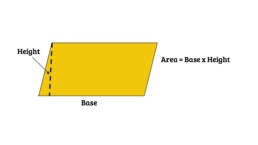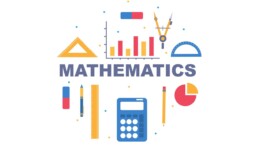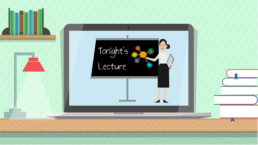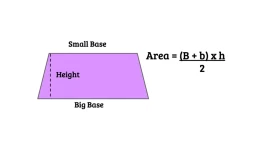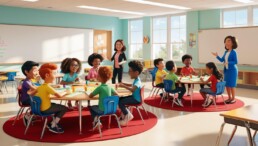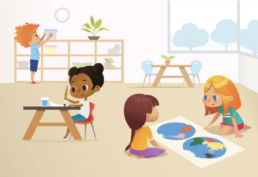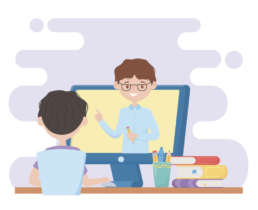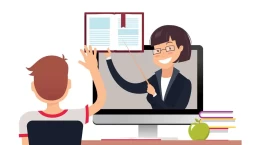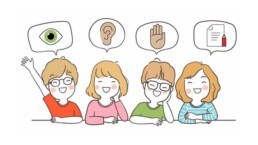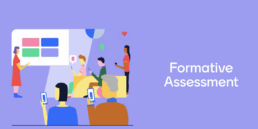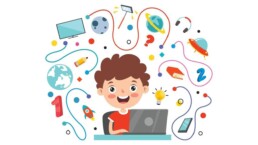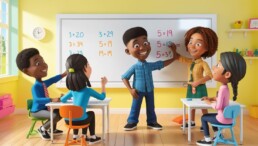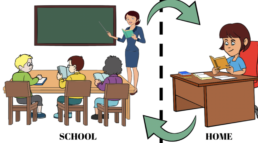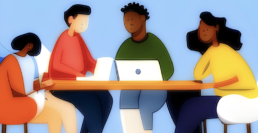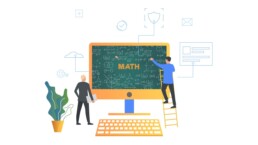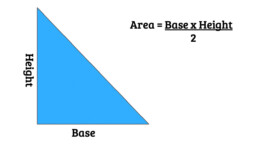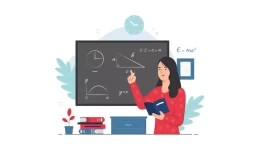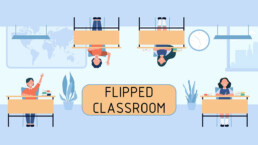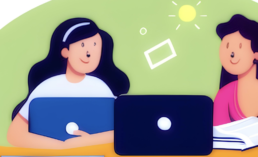Flipped Learning – Traditional Versus Flipped Classroom: What is the Difference?
Introduction
Flipped Learning is an instructional methodology in which students learn content outside of class through online videos and apply what they have learned during class time. The goal of Flipped Learning is to make better use of class time by allowing students to work on more challenging tasks.
In recent years, there has been a growing movement toward Flipped Learning in classrooms across the country. But what exactly is Flipped Learning and how does it differ from traditional teaching methods? Let’s take a closer look.
Traditional Learning

- Students learn the lesson in class
- Students sit quietly in their seats listening to the teacher lecture
- The teacher lectures for the majority of the time followed by individual work
- Students take on a passive role in their learning
- Students complete homework at home (if they do)
- The teacher is the center of attention
- The teacher uses the whiteboard
Flipped Learning

- The lesson is learned at home via online videos
- Students are engaged during class time
- Students communicate during class time
- The student is the center of attention
- Students take on an active role in their learning
- It teaches students that they are responsible for THEIR learning
- Students use the whiteboard
- Teacher acts as the Facilitator
Flipped Learning is More About What Happens in the Class and Less About What Happens at Home
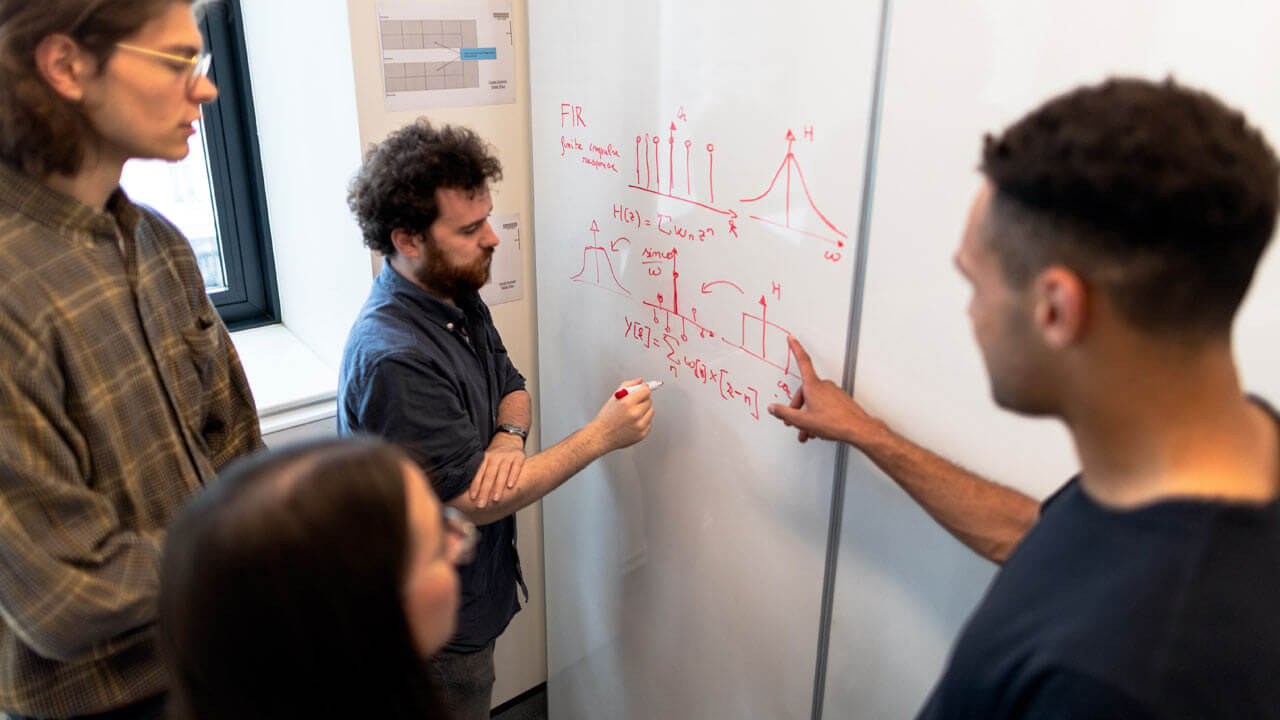
When most people think about Flipped Learning, they think about what happens outside of the classroom. Students watch videos and read articles at home, and then come to class ready to apply what they’ve learned. While this is certainly a key part of Flipped Learning, it’s important to remember that the real power of Flipped Learning lies in what happens in the classroom.
With Flipped Learning, students are actively engaged in discussions and activities, rather than passively listening to lectures. As a result, they have a deeper understanding of the material and are better prepared to apply it in the real world. In addition, flipped classrooms allow students to get immediate feedback from their peers and teachers, which can help them learn more effectively. When done correctly, flipping the classroom can profoundly impact student learning.
Communicating Math Concepts to Each Other Is KEY!

Unlike the traditional classroom approach to learning, the flipped model relies heavily on communication. Good communication is important in all aspects of life, and this is especially true in the classroom. When students can share their ideas and listen to the perspectives of others, they can develop a deeper understanding of the material. This is especially important in math, where complex concepts often require multiple points of view to be fully grasped. In addition by communicating with each other, students can also learn how to express their ideas more clearly. The ability to communicate effectively is an essential skill that will benefit students both inside and outside the classroom.
Small group work is a great way to encourage students to communicate with each other. One way I encourage continuous communication during math class is by assigning one student to be the writer of the group, while the other two students communicate the solutions to the writer. This will create a classroom environment where communication is constantly taking place. In addition, the teacher’s focus should be on what students are communicating rather than what is being written. After all, when a student fully understands a concept they can easily communicate it.
Conclusion
Flipped Learning has been shown to improve student engagement and communication. Implementing the Flipped-Classroom approach to learning creates a more interactive and engaging classroom environment. If you are thinking of flipping your classroom, I encourage you to do so! You will be significantly pleased with the level of engagement from students and their willingness to learn. Give it a try!
Have you tried flipped learning in your own classroom? What were the results? Let us know in the comments below.

